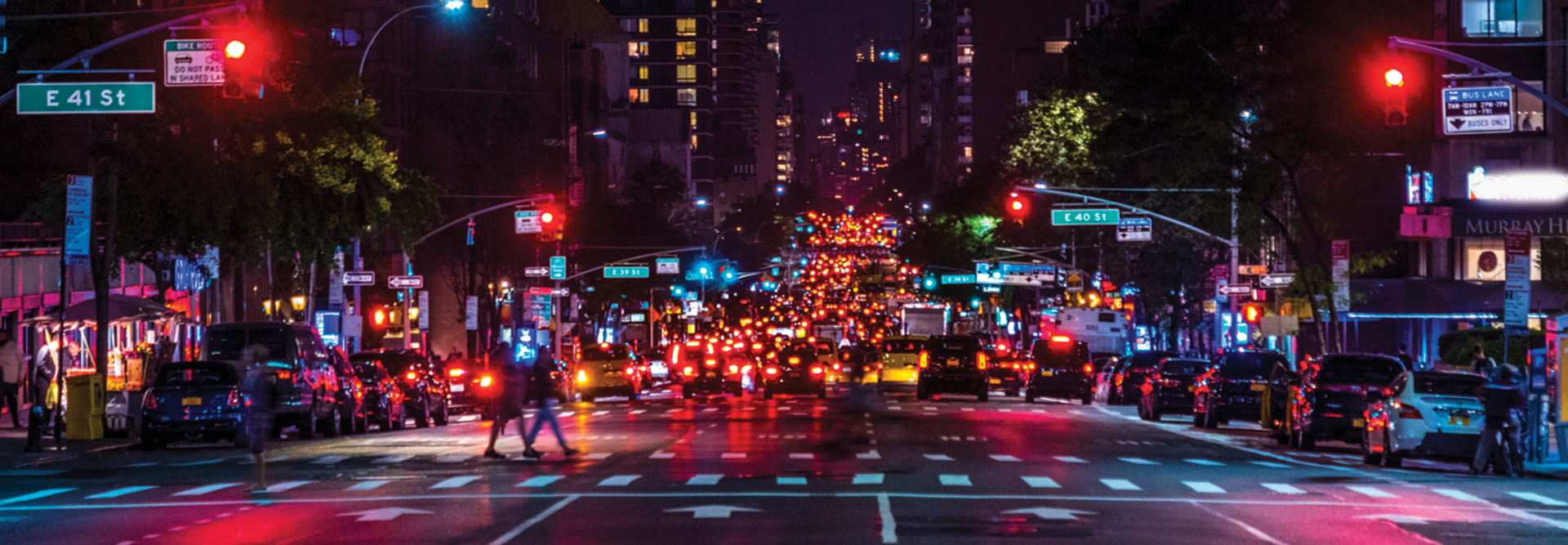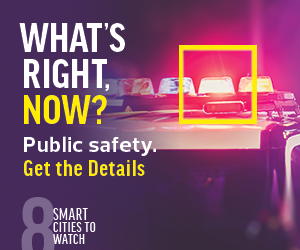Streetlights Lay the Groundwork for Smart City Innovations
According to Forrester analyst Michele Pelino, many city governments have reallocated budget to solve safety-related issues over the past year. City leaders have significantly cut operational costs by focusing early smart city initiatives on projects that have near-immediate time to value.
For example, for many cities, smart street lighting has been the first step in transitioning into a smart city. Smart street lighting initiatives have improved citizen safety while decreasing electricity bills and freeing up millions of dollars to be used to address more time- and resource-intensive projects.
These initial smart city deployments offer another critical benefit to city and municipality leaders. By deploying an anchor application, such as smart street lighting, city governments build an underlying communication infrastructure that can power the next set of smart city use cases.
City managers are expected to have their fingers on the city’s pulse all the time to predict or react to public safety hazards. However, without access to real-time information and digital infrastructure that enables this information, this is a nearly impossible task.
By starting broader digital transformation initiatives with high-impact, low-risk smart city projects such as smart lightning, cities can lock in immediate return on investment while laying a foundation that encourages continuous innovation and accommodates various applications and use cases, including public safety.
RELATED: How is Syracuse, N.Y., using smart streetlights to drive innovation?
Safety Will Remains a Key Concern for Cities
As safety takes center stage, privacy protection has become fundamental to ensure the security of connected smart city projects. There is an increased focus on securing smart city infrastructure to keep connected places, things and people safe and secure.
Municipal leaders will increasingly rely on smart city technology powered by newly enabled Internet of Things infrastructure and correlated sensor data to identify and act on public safety threats.
Beyond smart street lighting, smart city applications will help city governments immediately identify public safety threats, including riots, natural disasters, gas leaks and even pandemic hot spots. Allowing city governments to take action will either prevent or minimize the extent of possible damage and impact to their communities.
DIVE DEEPER: Why are these smart cities the ones to watch?
Sensors Can Help Detect Public Safety Issues
Hurricanes, storms, floods, tornadoes, drought, wildfires and other natural disasters are becoming more frequent, intense and costly. Smart sensors and advanced analytics can help communities better predict, prepare and respond to these emergency situations. For example, IoT sensors such as pole tilt, electric distribution line, water level and air quality sensors can be leveraged to mitigate risk, minimize damage and respond more effectively to save lives and speed recovery in the aftermath.
By using sensors in tandem with predictive analytics, city governments can detect issues and drive outcomes during and after natural disasters. These include:
- Detecting leaks and remotely shutting off water lines
- Detecting if a pole is down to prevent safety risks and promote a quicker recovery effort
- Pushing out alerts to communicate quickly with citizens, providing the most up-to-date information to ensure their safety
- Using intelligent evacuation planning to best direct traffic and get people out of harm’s way
Rather than sending crews out to discover problems, cities and utility companies can use remote-disconnect devices and line and fault sensors to acquire much-needed intelligence and send repair crews with the equipment needed to restore service quickly.













